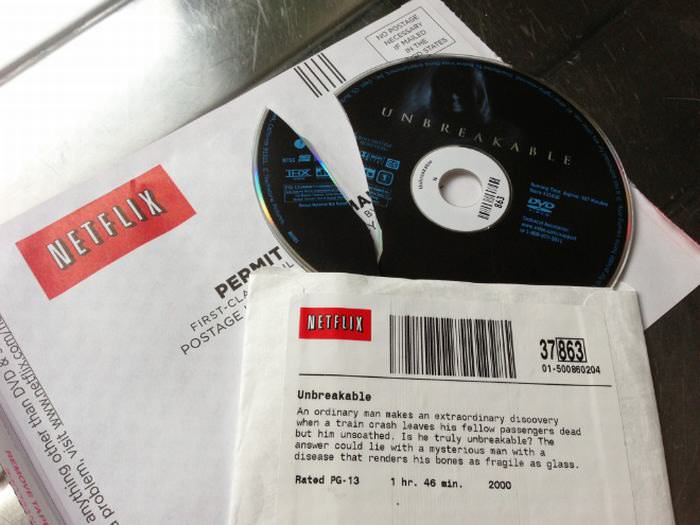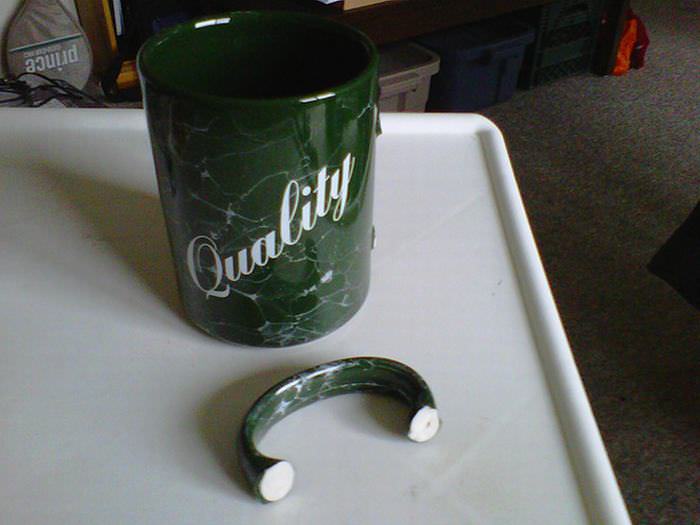
Significance of Shiv Roobam
Lord Shiva
Third eye: Shiva is often depicted with a third eye, with which he burned Desire (Kāma) to ashes, called
"Tryambakam" (Sanskrit: त्र्यम्बकम्), which occurs in many scriptural sources. In classical Sanskrit, the word ambaka denotes "an eye", and in the Mahabharata, Shiva is depicted as three-eyed, so this name is sometimes translated as "having three eyes".
However, in Vedic Sanskrit, the word ambā or ambikā means "mother", and this early meaning of the word is the basis for the translation "three mothers". These three mother-goddesses who are collectively called the Ambikās. Other related translations have been based on the idea that the name actually refers to the oblations given to Rudra, which according to some traditions were shared with the goddess Ambikā.
Crescent moon: Shiva bears on his head the crescent moon. The epithet Candraśekhara (Sanskrit: चन्द्रशेखर "Having the moon as his crest" – candra = "moon"; śekhara = "crest, crown") refers to this feature. The placement of the moon on his head as a standard iconographic feature dates to the period when Rudra rose to prominence and became the major deity Rudra-Shiva.
The origin of this linkage may be due to the identification of the moon with Soma, and there is a hymn in the Rig Veda where Soma and Rudra are jointly implored, and in later literature, Soma and Rudra came to be identified with one another, as were Soma and the moon.
Ashes: Shiva iconography shows his body covered with ashes (bhasma, vibhuti). The ashes represent a reminder that all of material existence is impermanent, comes to an end becoming ash, and the pursuit of eternal soul and spiritual liberation is important.
Matted hair: Shiva's distinctive hair style is noted in the epithets Jaṭin, "the one with matted hair", and Kapardin, "endowed with matted hair" or "wearing his hair wound in a braid in a shell-like (kaparda) fashion".
Blue throat: The epithet Nīlakaṇtha (Sanskrit नीलकण्ठ; nīla = "blue", kaṇtha = "throat"). Since Shiva drank the Halahala poison churned up from the Samudra Manthan to eliminate its destructive capacity. Shocked by his act, Parvati squeezed his neck and stopped it in his neck to prevent it from spreading all over the universe, supposed to be in Shiva's stomach. However the poison was so potent that it changed the color of his neck to blue.
Sacred Ganga: The epithet Gangadhara, "Bearer of the river Ganga" (Ganges). The Ganga flows from the matted hair of Shiva. The Gaṅgā (Ganga), one of the major rivers of the country, is said to have made her abode in Shiva's hair.
Serpents: Shiva is often shown garlanded with a snake.
Trident: Shiva typically carries a trident called Trishula. The trident is a weapon or a symbol in different Hindu texts. As a symbol, the Trishul represents Shiva's three aspects of "creator, preserver and destroyer", or alternatively it represents the equilibrium of three Gunas of "sattva, rajas and tamas".
Drum: A small drum shaped like an hourglass is known as a damaru. This is one of the attributes of Shiva in his famous dancing representation known as Nataraja. A specific hand gesture (mudra) called ḍamaru-hasta (Sanskrit for "ḍamaru-hand") is used to hold the drum. This drum is particularly used as an emblem by members of the Kāpālika sect.
Axe (Parashu) and Deer are held in Shiva's hands in south Indian icons.
Rosary beads: He is garlanded with or carries a string of rosary beads in his right hand, typically made of Rudraksha. This symbolises grace, mendicant life and meditation.
Nandī: Nandī, also known as "Nandin", is the name of the bull that serves as Shiva's mount (Sanskrit: vāhana). Shiva's association with cattle is reflected in his name Paśupati, or Pashupati (Sanskrit: पशुपति), translated by Sharma as "lord of cattle" and by Kramrisch as "lord of animals", who notes that it is particularly used as an epithet of Rudra.
Mount Kailāsa: Mount Kailash in the Himalayas is his traditional abode. In Hindu mythology, Mount Kailāsa is conceived as resembling a Linga, representing the center of the universe.
Gaṇa:The Gaṇas are attendants of Shiva and live in Kailash. They are often referred to as the bhutaganas, or ghostly hosts, on account of their nature. Generally benign, except when their lord is transgressed against, they are often invoked to intercede with the lord on behalf of the devotee. His son Ganesha was chosen as their leader by Shiva, hence Ganesha's title gaṇa-īśa or gaṇa-pati, "lord of the gaṇas".
Varanasi: Varanasi (Benares) is considered to be the city specially loved by Shiva, and is one of the holiest places of pilgrimage in India. It is referred to, in religious contexts, as Kashi.
N Jambunathan (Ex: REVL & IMPAL)
Rengarajapuram-Kodambakkam-Chennai-Mob:9176159004
(1) gītā-śāstram idaḿ puṇyaḿ yaḥ paṭhet prayataḥ pumān
(2) gītādhyayana-śīlasya prāṇāyāma-parasya ca
(3) maline mocanaḿ puḿsāḿ jala-snānaḿ dine dine
(4) gītā sugītā kartavyā kim anyaiḥ śāstra-vistaraiḥ
(5) bhāratāmṛta-sarvasvaḿ viṣṇor vaktrād viniḥsṛtam
(6) sarvopaniṣado gāvo dogdhā gopāla-nandanaḥ
(7) ekaḿ śāstraḿ devakī-putra-gītam
TRANSLATION
2) If one reads Bhagavad-gita very sincerely and with all seriousness, then by the grace of the Lord the reactions of his past misdeeds will not act upon him.
3) One may cleanse himself daily by taking a bath in water, but if one takes a bath even once in the sacred Ganges water of
Bhagavad-gita, for him the dirt of material life is altogether vanquished.
4) Because Bhagavad-gita is spoken by the Supreme Personality of Godhead, one need not read any other Vedic literature. One need only attentively and regularly hear and read Bhagavad-gita. In the present age, people are so absorbed in mundane activities that it is not possible for them to read all the Vedic literatures. But this is not necessary. This one book, Bhagavad-gita, will suffice, because it is the essence of all Vedic literatures and especially because it is spoken by the Supreme Personality of Godhead.
5) One who drinks the water of the Ganges attains salvation, so what to speak of one who drinks the nectar of Bhagavad-gita? Bhagavad-gita is the essential nectar of the Mahabharata, and it is spoken by Lord Krsna Himself, the original Visnu.
6) This Gitopanisad, Bhagavad-gita, the essence of all the Upanisads, is just like a cow, and Lord Krsna, who is famous as a cowherd boy, is milking this cow. Arjuna is just like a calf, and learned scholars and pure devotees are to drink the nectarean milk of Bhagavad-gita.
7) Let there be one scripture only, one common scripture for the whole world — Bhagavad-gita. Let there be one God for the whole world — Śri Krsna. Let there be only one hymn, one mantra, one prayer — the chanting of His name: Hare Krsna, Hare Krsna, Krsna Krsna, Hare Hare/ Hare Rama, Hare Rama, Rama Rama, Hare Hare. Let there be one work only — the service of the Supreme Personality of Godhead.
N Jambunathan (Ex: REVL & IMPAL)
Rengarajapuram-Kodambakkam-Chennai-Mob:9176159004
Posted by: prasannam n <iampresanam@yahoo.co.in>
| Reply via web post | • | Reply to sender | • | Reply to group | • | Start a New Topic | • | Messages in this topic (1) |

To subscribe send a mail to Keralites-subscribe@yahoogroups.com.
Send your posts to Keralites@yahoogroups.com.
Send your suggestions to Keralites-owner@yahoogroups.com.
To unsubscribe send a mail to Keralites-unsubscribe@yahoogroups.com.
Homepage: http://www.keralites.net






























